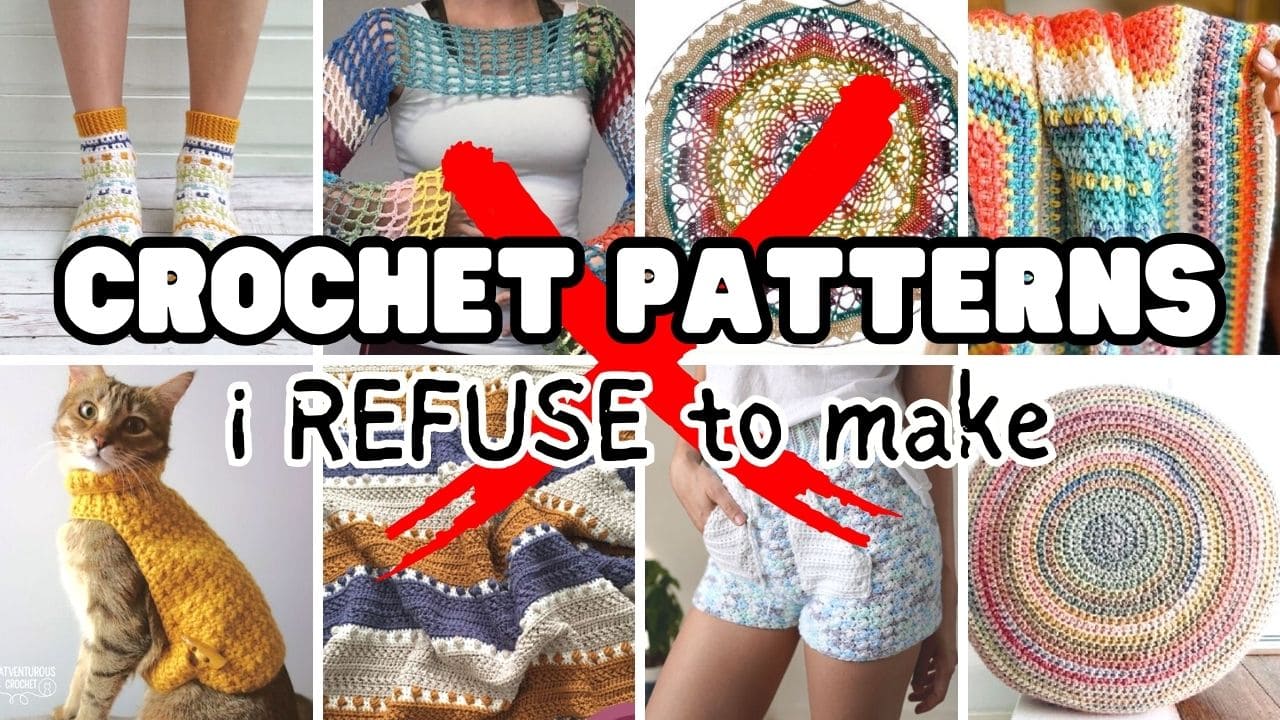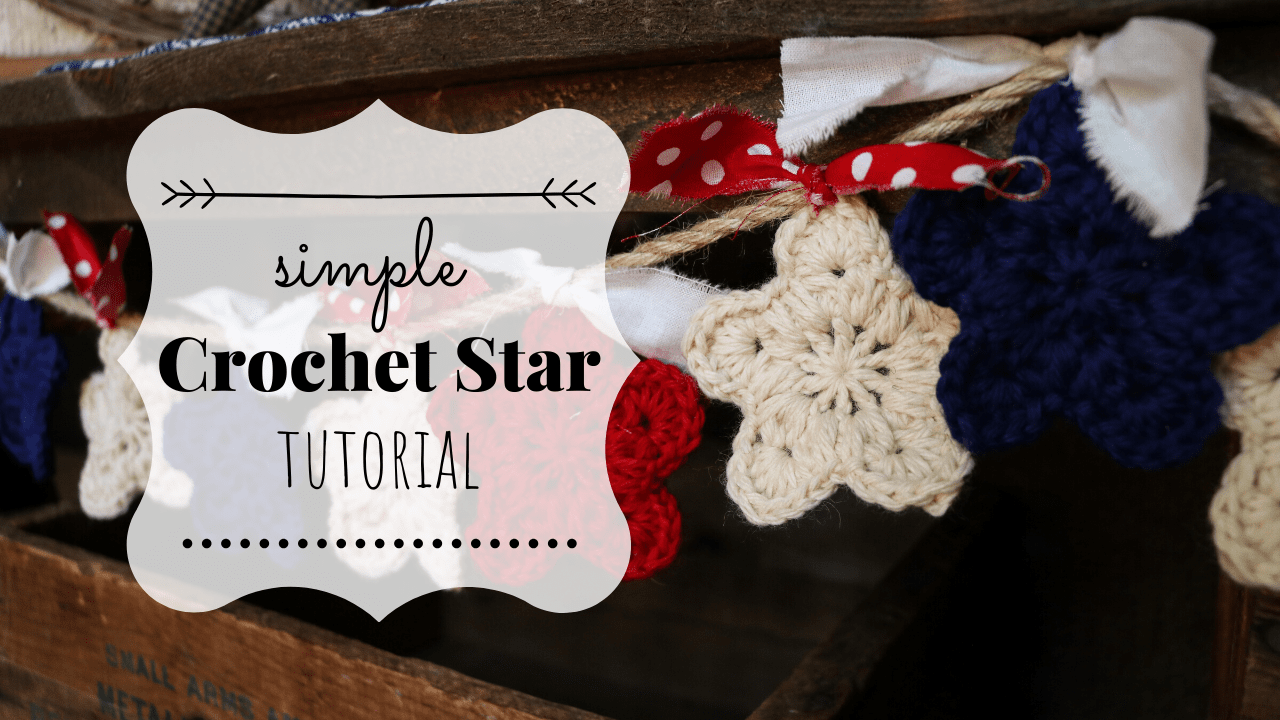14 BAD HABITS Every CROCHETER Needs to BREAK NOW
As crocheters we sometimes pick up bad habits over time. But these are 14 Super BAD HABITS every crocheter needs to BREAK now!
Crochet is a fun and creative hobby that can be enjoyed by people of all ages and skill levels. However, like any other activity, there are some habits that every crocheter should break in order to improve their technique and make the most out of their crafting experience.
But in all honesty, I’ve done most, if not ALL of these of these bad habits at one time or another. (So DON’T beat yourself up if you find yourself doing any or all of them too).
14 BAD HABITS Every CROCHETER Needs to BREAK NOW
Bad Posture
Good posture and support is the key to crocheting for the long haul.
This quote from Interweave.com is a fantastic reminder that good posture and support are so important for crocheters.
While you are sitting there having a lovely time with your hook and yarn, take a moment to check in with what your body is telling you. Pain is simply information, not the enemy, and it can help you avoid permanent injury. If you are beginning to feel uncomfortable or have twinges of pain, pay attention. Do you need to change the way you are sitting? Often small adjustments to your posture or the addition of support accessories can make a world of difference.
The ideal posture for ergonomic crochet is sitting upright with your feet on the floor or on a small footrest, shoulders relaxed, and elbows close at your side. Extending the arms outward from the side of the body while working can place strain on your elbows and wrists, as well as shorten the muscles of your shoulders. If you regularly feel like your shoulders and arms are “tight†after crocheting, try dropping your elbows.
Interweave.com

The most important part that I wanted to highlight is the fact that the author of the artilce, Andee Graves pints out that pain is information, not the enemy. We must listen to what our bodies are telling us.
Making big or small adjustments can mean the difference in crocheting without pain and avoiding lasting injuries.
I’m currently battling my shoulder, which has become more and more of an issue over the past year or so, but making those small adjustments help tremendously.
Sitting in a comfortable, but supportive chair works best for me. I also try to keep my elbows close to my body and if I really need it, I tuck a pillow under my arm for support.
Find what works best for you, but never ignore pain.

Not Making a Gauge Swatch
I know, I know.
No one wants to make a gauge swatch, but it can literally mean the difference between having a crocheted garment that fits, or one that has to be frogged because it was way too tight or loose.
You don’t need to make a gauge swatch for crochet items where fit isn’t important, but if you need an item to be a certain size, making a gauge swatch is the only way to go.

A crocheter should make a gauge swatch because it helps ensure that their finished crochet project will turn out the way they intended it to. A gauge swatch is a small sample of crocheting worked in the same stitch pattern and yarn as the intended project.
Gauge Swatch Benefits
- Determine the correct hook size: The size of the hook used can greatly affect the finished size of the project. By making a gauge swatch, a crocheter can test different hook sizes until they find the one that produces the correct gauge.
- Check the stitch pattern: Different stitch patterns can produce different gauges. By making a gauge swatch, a crocheter can ensure that the stitch pattern they have chosen will result in the desired size and shape of the finished project.
- Adjust for differences in tension: Every crocheter has their own unique tension, or the amount of pressure they apply when crocheting. By making a gauge swatch, a crocheter can determine if their tension differs from the pattern’s recommended tension and adjust their hook size or stitch pattern accordingly.

By taking the time to make a gauge swatch, a crocheter can save themselves time, frustration, and disappointment by ensuring that their finished project turns out as intended. It’s a small investment of time that can pay off in a big way.
This post contains affiliates links and at no cost to you I may earn a teeny tiny commission if you choose to purchase them. Please know that I only recommend products I use and love! Thank you for supporting Le Petit Saint Crochet! You can read my full (and slightly boring) full disclosure here.
Skillshare

Let’s take a moment to talk about today’s sponsor, Skillshare.
Skillshare is an online learning platform for creative people. They have thousands of amazing classes in so many different areas, like knitting, crocheting, photography, and painting just to name a few.
What’s great is that all of the Skillshare classes are online, you can learn from the comforts of your own home and they are ALL ad free!
One of my favorite Skillshare classes is Modern Crochet: Essentials for Getting Started by Toni Lipsey of TL Yarn Crafts. This is a fantastic class for total crochet beginners. But it’s also great for those of us who want to polish up our existing skills.Â
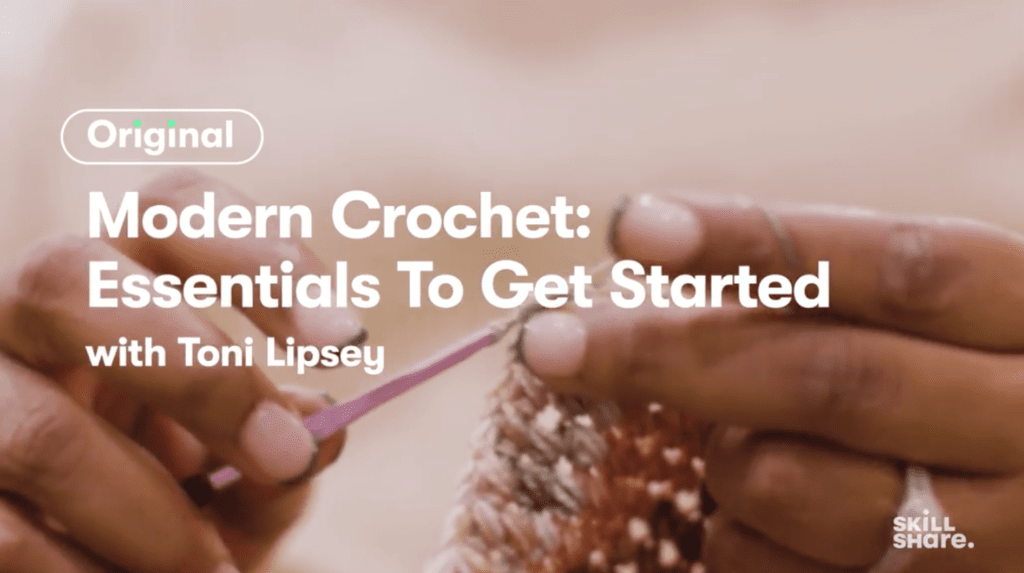
This class contains 14 different lessons which will help you to feel more confident with your crochet skills. One of my favorite lessons is all about blocking basics and aftercare. I get so many questions about blocking and this explains not only how to do it, but why it’s important.
And what’s even better is that the first 1000 people to click the button below will get a one month FREE trial of Skillshare.
Make sure to check out all the other crochet and knitting classes as well. There’s something for everyone.
Tension
Tension is an important factor in crochet, and it can affect the appearance and quality of your finished project. Practice maintaining a consistent tension throughout your work, and pay attention to any areas where the tension may be too tight or too loose.

Most beginners especially struggle with tension and if this is your issue please check out this video from Sigoni Macaroni! She’s a fantastic crochet teacher and her explanations are gold:
7 Tips to Improve Yarn Tension in Crochet
Scrunching Your Shoulders
This is one of the most important bad habits every crocheter should break and one that I do all the dang time.
I have to repeatedly remind myself to Put. My. Shoulders. Down.

This can cause tension in your shoulders (obviously), your neck and back.
Loosening your shoulders will also help you to relax your arms and hands as well.
Not Keeping Notes in Pattern
This is one of those bad habits that I have done more times than I can count. And it’s one of the most frustrating of all the bad habits.
Not writing down those notes leads to so much frustration especially when you want to remake the pattern.
I always convince myself that I will remember all those little things that I changed…. but I never do.

Not Counting Stitches
Not counting stitches: It can be tempting to skip counting stitches, especially when working on a large project or when the pattern is repetitive. However, skipping this step can result in mistakes and uneven stitches. Take the time to count your stitches regularly to ensure your work stays on track.
You don’t need to count every single row or round, but trust me, it’s better to take the time to do it every couple of rows than to end up having to rip out a lot of your work.

Another thing that I like to do is use stitch markers to mark my work so that I can quickly count a section at a time. For example, if you have a large project you could mark every 50th stitch. Then you can count each section and as long as you always have the correct amount of stitches you are good to go!
One of my favorite things to do, especially when I’m crocheting something flat is to mark the first and last stitches. That seems to be the most common way that we either lose or add stitches.

Cutting Yarn Too Short
Cutting the yarn too short can result in a project that falls apart or is difficult to work with. Leave a long enough tail when cutting your yarn to allow for weaving in the ends later on.
Which leads us to the next bad habit…
Waiting to Weave in Ends
Thankfully this is a bad habit that I rarely do, but I know a lot of others struggle with this one.
Not weaving in those ends is a way leads to frustration at the end of a project. Because you just want to be done, seeing all those little ends can stall your progress.

Not Blocking
Blocking is an important step in finishing your crochet project, as it helps to even out any irregularities and give the project a more polished look.
It’s important to note that not all crochet items need to be blocked. However, blocking can improve the drape, shape, and overall appearance of a finished crochet project.
Blocking is a process in which a crocheted item is shaped and stretched to its final dimensions using water and steam. There are different ways to block a crochet item, depending on the fiber content, stitch pattern, and desired outcome. Here are some common methods:

Different Methods of Blocking
- Wet blocking: This method involves soaking the crochet item in lukewarm water and then laying it flat on a blocking mat or towel to dry. It is suitable for natural fibers like wool, cotton, and silk.
- Steam blocking: This method involves using a steam iron or handheld steamer to gently steam the crochet item while it is pinned to a blocking mat. It is suitable for synthetic fibers like acrylic and polyester, as well as delicate fibers like silk.
- Spray blocking: This method involves misting the crochet item with water and then pinning it to a blocking mat or towel to dry. It is suitable for delicate fibers like lace or fine crochet thread.
- Combination blocking: This method involves using a combination of wet blocking and steam blocking, depending on the specific needs of the crochet item.
- Pin blocking: This method involves using rust-resistant pins to stretch and shape the crochet item into the desired shape and size. It is suitable for items with intricate stitch patterns, such as lace shawls or doilies.

Crocheting Through Pain
Crocheting for extended periods of time without taking breaks can lead to eye strain, hand cramps, and other discomforts. Take frequent breaks to stretch your hands and rest your eyes.
This is one of the most important habits that every crocheter needs to break NOW.
Make sure to listen to your body to prevent injuries and lessen strain on muscles, tendons and joints.
I feel so passionately about this that you will be seeing a new post about this very topic in the near future.

Not Reading Through a Pattern First
Quickly reading through a pattern can save yourself so much frustration and discouragement.
There is nothing worse than getting halfway through a pattern only to realize that you need a special notion or additional yarn that you would have known about if you had only done some quick reading.
Save yourself a royal headache by reading over the pattern before getting started.

Crocheting in Bad Lighting
This is one of those bad habits that (until recently) I did all the time.
Not only did it cause eye strain, but it caused my neck and back to hurt because I had to hold my head in a weird way to be able to see my work.
Eye strain can also lead to headaches and once I made that connection, I started wearing a neck light when I’m working in poor lighting, which is basically the only time I crochet.
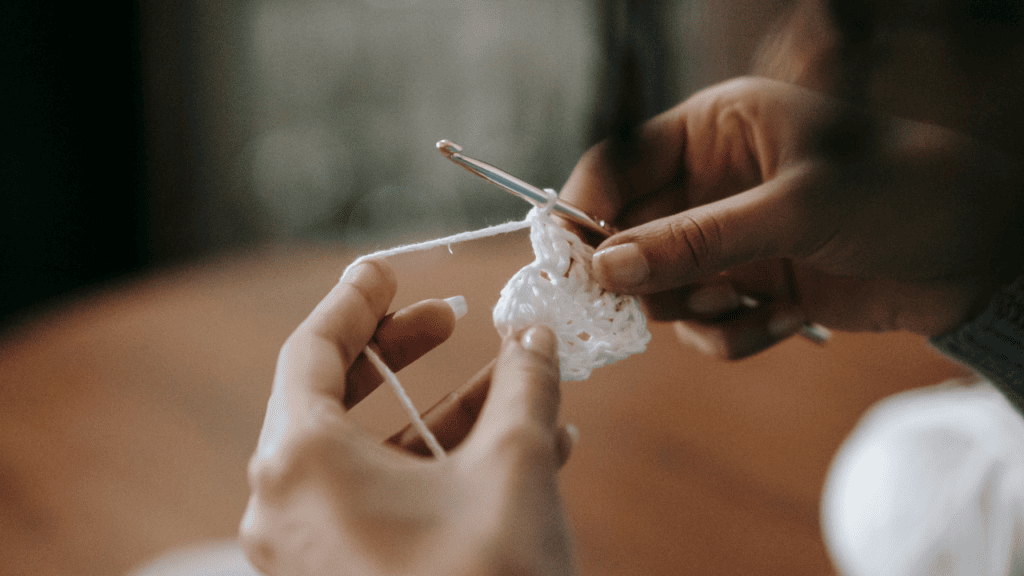
This has made a BIG difference for me and I encourage everyone, and especially anyone over 4o to invest in good lighting.
My neck light is rechargeable and has a bunch of different setting. And for less than $20, it’s a great deal.
Not Buying Enough Yarn for a Project (Dye Lots)
Has this ever happened to you?
You decided to play yarn chicken with a smallish skein of yarn. You were pretty sure you would have enough to finish your project. But all of a sudden you realize that were going to lose that game and the yarn was going to win.

Next thing you know you’re ordering the yarn and to your HORROR, you discover that while you could get the right color, the dye lot was different. You hoped that you wouldn’t notice the difference, but of course you do.
I had that happen to me once and now I try to make sure to have enough of the same dye lot to finish a project.
Using the Wrong Type Yarn (and Hoping it Will be Ok)
It can be tempting and confusing when you substitute yarn for a project.
Maybe the pattern calls for a DK weight wool yarn but you have a ton of DK cotton in your stash and decide you think that will look gorgeous.
But about halfway through your crochet sweater you realize that even though you have gauge the sweater isn’t going to fit you the way you thought it would.

Your sweater doesn’t have enough stretch and it’s starting to hang down from the weight of the cotton. You end up having to frog the entire project.
You do a little research and discover that wool and cotton have very different properties and THAT’S why your sweater isn’t turning out the way you wanted it to.
Take the time to do your homework before changing out the recommended yarn for a pattern. It’s definitely ok to make substitutions, but changing it too much can cause issues that you might not have thought of.
BAD HABITS Every CROCHETER Needs to BREAK Now
Breaking these habits can be challenging, but it is important to improve your crochet technique and enjoy the process of crocheting. With practice and patience, you can develop good habits that will help you create beautiful and high-quality crochet projects.
Pin for Later!
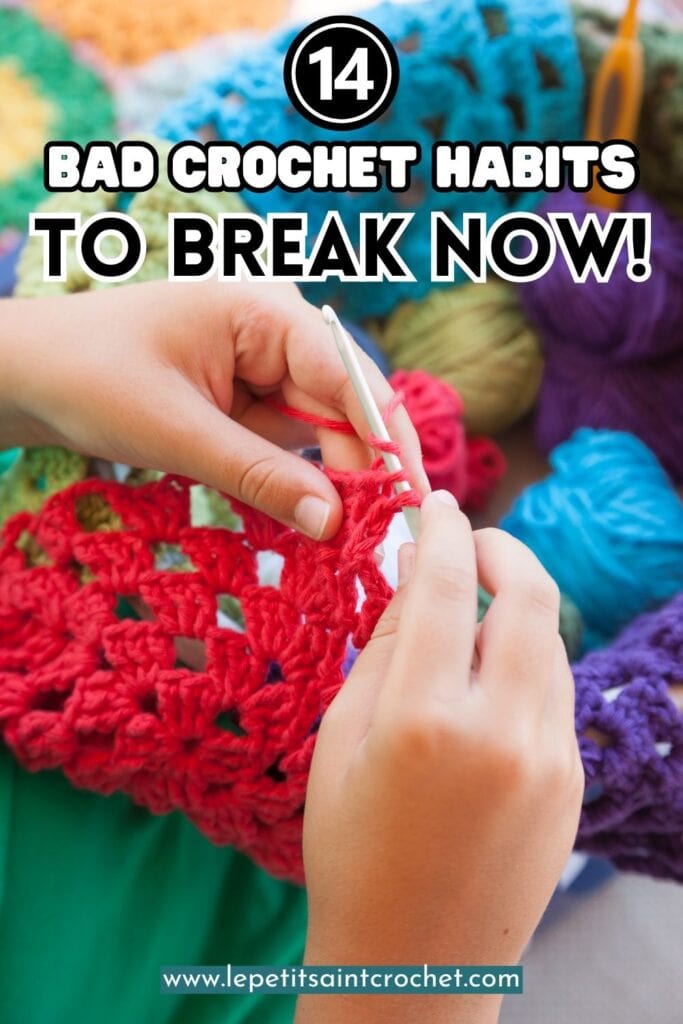


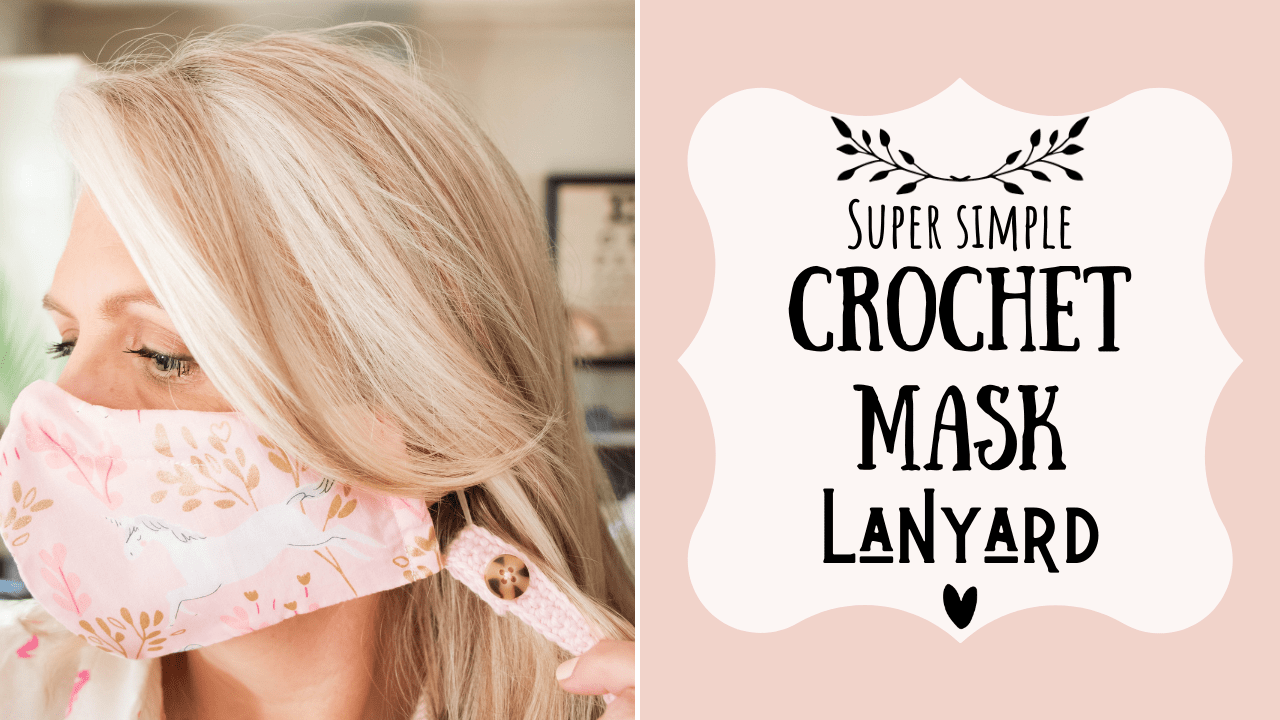
![How to Finish Your WIPs in 7 Easy Steps [+ FREE Printable Worksheet]](https://eliserosecrochet.com/wp-content/uploads/2022/05/7-tips-to-get-control-of-those-wips.png)

